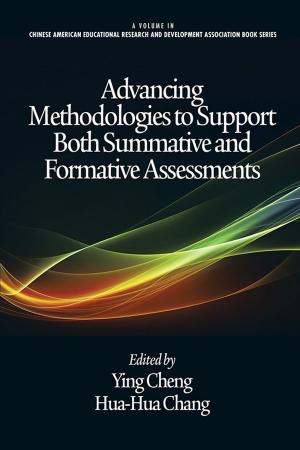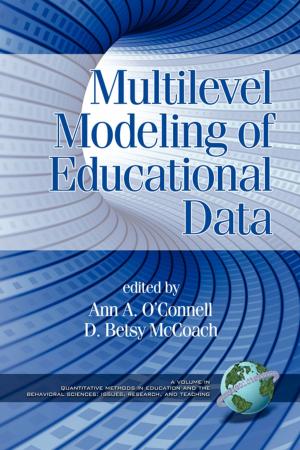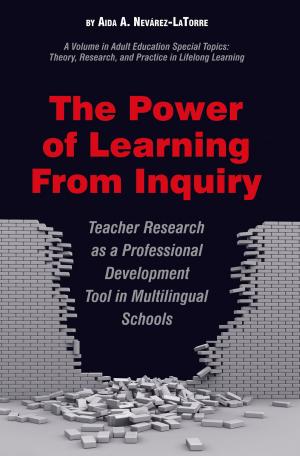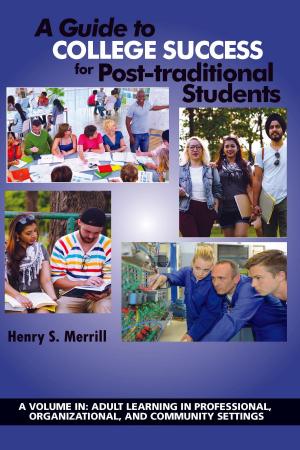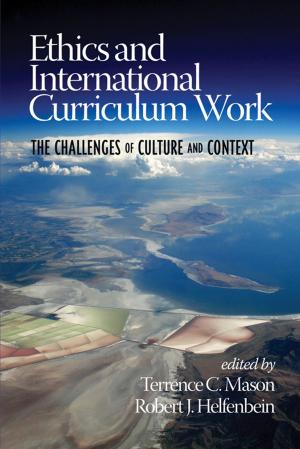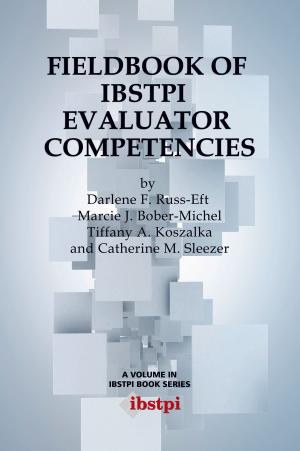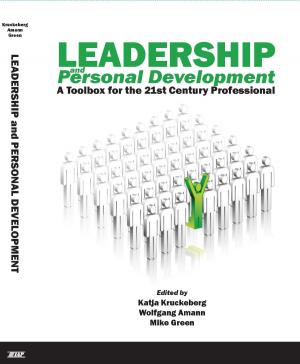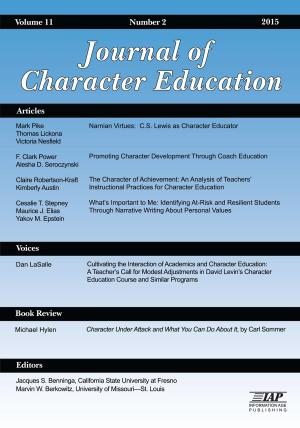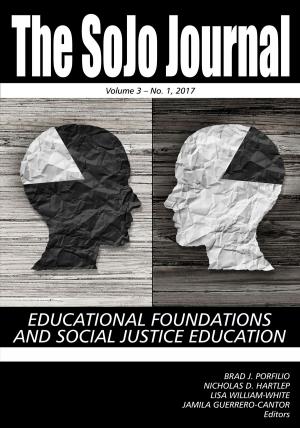Higher Education Administration
50 Case-Based Vignettes
Nonfiction, Reference & Language, Education & Teaching, Higher Education, Administration| Author: | Scott Newman | ISBN: | 9781623968502 |
| Publisher: | Information Age Publishing | Publication: | January 1, 2015 |
| Imprint: | Information Age Publishing | Language: | English |
| Author: | Scott Newman |
| ISBN: | 9781623968502 |
| Publisher: | Information Age Publishing |
| Publication: | January 1, 2015 |
| Imprint: | Information Age Publishing |
| Language: | English |
A volume in Education Policy in Practice: Critical Cultural Studies Series Editors Edmund T. Hamann, University of Nebraska-Lincoln and Rodney Hopson, George Mason University For most of US history, most of America's Latino population has lived in nine states-California, Arizona, New Mexico, Colorado, Texas, Illinois, Florida, New Jersey, and New York. It follows that most education research that considered the experiences of Latino families with US schools came from these same states. But in the last 30 years Latinos have been resettling across the US, attending schools, and creating new patterns of inter-ethnic interaction in educational settings. Much of this interaction with this New Latino Diaspora has been initially tentative and improvisational, but too often it has left intact the patterns of lower educational success that have prevailed in the traditional Latino diaspora. Revisiting Education in the New Latino Diaspora is an extensive update, with all new material, of the groundbreaking volume Education in the New Latino Diaspora (Ablex Publishing) that these same editors produced in 2002. This volume consciously includes a number of junior scholars (e.g., C. Allen Lynn, Soria Colomer, Amanda Morales, Rebecca Lowenhaupt, Adam Sawyer) and more established ones (Frances Contreras, Jason Irizarry, Socorro Herrera, Linda Harklau) as it considers empirical cases from Washington State to Georgia, from the Mid-Atlantic to the Great Plains, where rural, suburban, and urban communities start their second or third decades of responding to a previously unprecedented growth in newcomer Latino populations. With excuses of surprise and improvisational strategies less persuasive as Latino newcomer populations become less new, this volume considers the persistence, the anomie, and pragmatism of Latino newcomers on the one hand, with the variously enlightened, paternalistic, dismissive, and xenophobic responses of educators and education systems on the other. With foci as personal as accounts of growing up as an adoptee in a mixed race family and the testimonio of a 'successful' undocumented college graduate to the macro scale of examining state-level education policies and with an age range from early childhood education to the university level, this volume insists that the worlds of education research and migration studies can both gain from considering the educational responses in the last two decades to the 'newish' Latino presence in the 41 U.S. states that have not long been the home to large, well-established Latino populations, but that now enroll 2.5 million Latino students in K-12 alone.
A volume in Education Policy in Practice: Critical Cultural Studies Series Editors Edmund T. Hamann, University of Nebraska-Lincoln and Rodney Hopson, George Mason University For most of US history, most of America's Latino population has lived in nine states-California, Arizona, New Mexico, Colorado, Texas, Illinois, Florida, New Jersey, and New York. It follows that most education research that considered the experiences of Latino families with US schools came from these same states. But in the last 30 years Latinos have been resettling across the US, attending schools, and creating new patterns of inter-ethnic interaction in educational settings. Much of this interaction with this New Latino Diaspora has been initially tentative and improvisational, but too often it has left intact the patterns of lower educational success that have prevailed in the traditional Latino diaspora. Revisiting Education in the New Latino Diaspora is an extensive update, with all new material, of the groundbreaking volume Education in the New Latino Diaspora (Ablex Publishing) that these same editors produced in 2002. This volume consciously includes a number of junior scholars (e.g., C. Allen Lynn, Soria Colomer, Amanda Morales, Rebecca Lowenhaupt, Adam Sawyer) and more established ones (Frances Contreras, Jason Irizarry, Socorro Herrera, Linda Harklau) as it considers empirical cases from Washington State to Georgia, from the Mid-Atlantic to the Great Plains, where rural, suburban, and urban communities start their second or third decades of responding to a previously unprecedented growth in newcomer Latino populations. With excuses of surprise and improvisational strategies less persuasive as Latino newcomer populations become less new, this volume considers the persistence, the anomie, and pragmatism of Latino newcomers on the one hand, with the variously enlightened, paternalistic, dismissive, and xenophobic responses of educators and education systems on the other. With foci as personal as accounts of growing up as an adoptee in a mixed race family and the testimonio of a 'successful' undocumented college graduate to the macro scale of examining state-level education policies and with an age range from early childhood education to the university level, this volume insists that the worlds of education research and migration studies can both gain from considering the educational responses in the last two decades to the 'newish' Latino presence in the 41 U.S. states that have not long been the home to large, well-established Latino populations, but that now enroll 2.5 million Latino students in K-12 alone.


